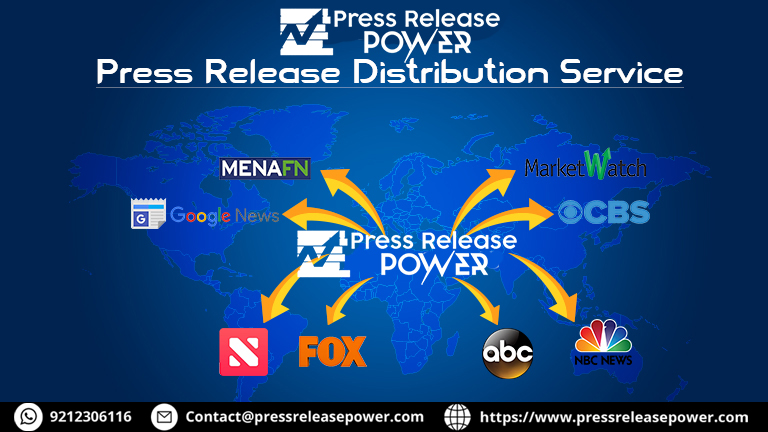From Resistance to Revolution Activism in the Modern Era
In the modern era, activism has evolved from mere resistance to becoming a powerful catalyst for revolutionary change. As individuals and communities voice their concerns and fight for justice, activism has emerged as a potent force for shaping societies across the globe. This article explores the transformative journey of activism, delving into its historical roots, the role of technology, and the impact of social movements in driving meaningful change.
The Historical Roots of Activism
The Birth of Activism
Activism traces its roots back to ancient civilizations, where individuals voiced their dissent against injustices and fought for their rights. Examples include the abolitionist movement in the 19th century, suffragettes fighting for women's rights, and the civil rights movement of the 20th century. These pivotal moments in history laid the groundwork for the activism we witness today.
The Evolution of Activism
Over time, activism has evolved in response to changing socio-political landscapes. Movements such as anti-war protests, environmental activism, and LGBTQ+ rights movements have shaped the narrative of activism, broadening its scope to address diverse social issues. Activists have employed various strategies, including peaceful protests, civil disobedience, and grassroots organizing, to amplify their voices and push for societal change.
Technology and Activism
The Digital Age: Empowering Activism
The advent of the internet and social media platforms has revolutionized the way activism is conducted. Activists now have unprecedented access to global audiences, enabling them to spread awareness, mobilize supporters, and coordinate efforts more efficiently. Social media platforms have become powerful tools for organizing protests, sharing information, and amplifying marginalized voices that were previously unheard.
Challenges and Opportunities
While technology has provided immense opportunities for activism, it also poses challenges. Online platforms can be double-edged swords, as they enable both positive activism and the spread of misinformation. Activists must navigate through digital echo chambers, algorithmic biases, and censorship concerns to effectively communicate their message and build momentum for change.
The Power of Social Movements
Social media has played a significant role in amplifying voices and facilitating the exchange of ideas on a global scale. It has provided a platform for individuals and communities to express their opinions, share experiences, and raise awareness about various issues. Here are some key ways in which social media has contributed to amplifying voices:
Democratization of communication: Social media platforms have democratized communication by enabling anyone with internet access to express themselves. Previously, traditional media had a gatekeeping role, deciding which voices were heard. With social media, individuals can share their thoughts, stories, and perspectives directly with a wide audience.
Amplification of marginalized voices: Social media has given a voice to marginalized communities who may have been underrepresented or ignored in mainstream media. People from different backgrounds, including racial and ethnic minorities, LGBTQ+ individuals, and people with disabilities, can now share their unique experiences, challenges, and achievements, helping to raise awareness and foster understanding.
Mobilization of social movements: Social media has become a powerful tool for organizing and mobilizing social movements. Activists and advocates can use platforms like Twitter, Facebook, and Instagram to spread awareness about social justice issues, coordinate protests and demonstrations, and galvanize support for their causes. Hashtags and viral campaigns have become popular means of rallying people around a common cause.
Access to alternative narratives: Social media has provided a platform for alternative narratives that may not be covered by mainstream media. Users can follow accounts and sources that align with their interests and viewpoints, creating a more diverse information ecosystem. This has led to the emergence of citizen journalism, where individuals report on events and share firsthand accounts, bypassing traditional news channels.
Global reach and instant dissemination: Social media's global reach and instantaneous nature allow information and messages to spread rapidly. Viral posts, videos, and memes can capture the attention of millions of people within hours, making it easier for individuals to gain visibility and influence public discourse. This speed and reach have made social media a powerful tool for driving conversations and shaping opinions.
Collective Action for Change
Social movements play a vital role in transforming resistance into revolution. They bring together individuals with shared values and goals, fostering a sense of community and empowerment. Movements like Black Lives Matter, #MeToo, and climate activism have gained widespread recognition, challenging societal norms and driving systemic change.
Intersectionality in Activism
Intersectionality has become an integral part of modern activism, recognizing that social issues are interconnected. Activists now acknowledge the importance of addressing overlapping forms of discrimination based on race, gender, class, and more. By embracing intersectionality, movements can foster inclusivity, amplify marginalized voices, and achieve greater impact.





 English (US) ·
English (US) ·